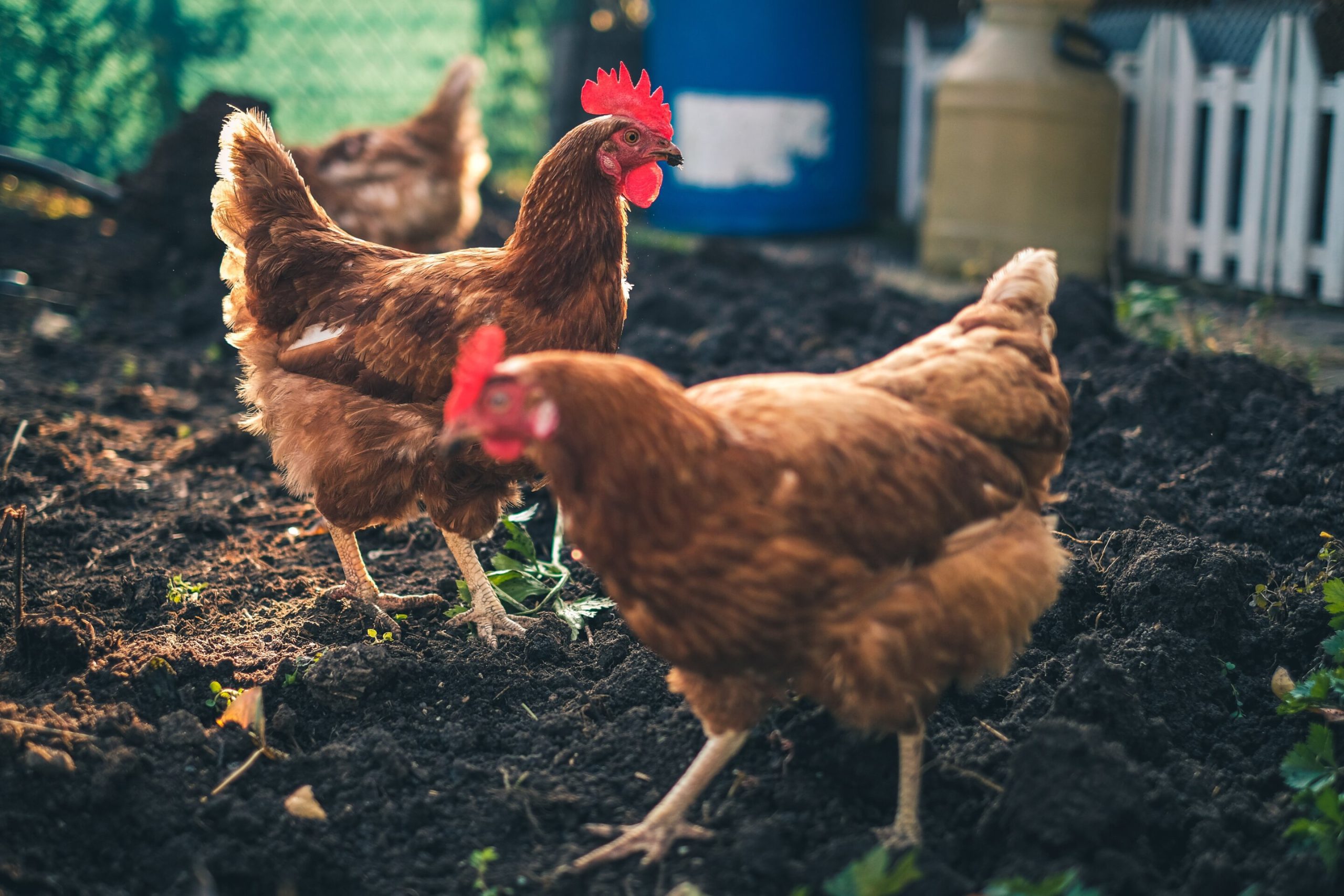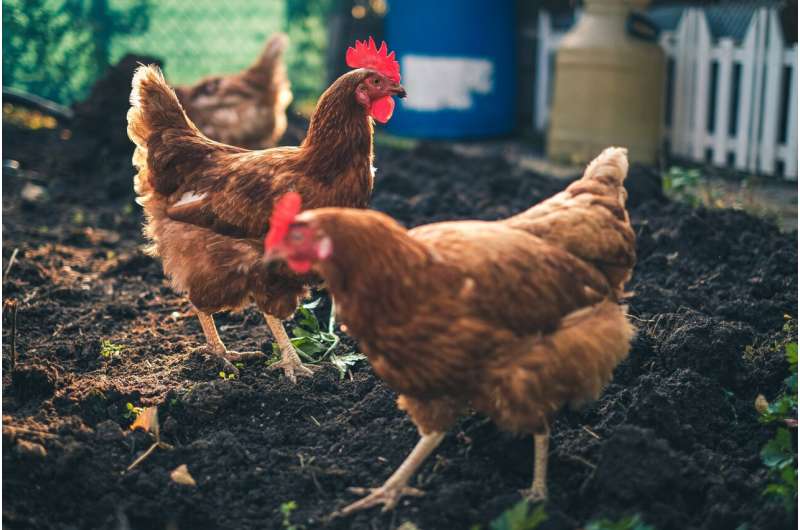

Canadian poultry farmers are facing fear and stress as a highly pathogenic strain of H5N1 avian influenza is currently circulating in both wild and domestic flocks across North America.
According to the Canadian Food Inspection Agency poultry and egg producers in Canada have lost more than 1.7 million birds to avian influenza since late 2021. That tally includes both birds that have died of the virus and birds that have been euthanized.
David Hyink, an Alberta chicken farmer, checks his barns each day with a sense of trepidation. He knows if the disease were to turn up on his property, it would mean the loss of his entire flock.
Avian influenza has a high mortality rate, and those birds at outbreak sites that don’t die from the disease are humanely euthanized to prevent the spread of the virus.
“While we haven’t had it on our farm, and I hope we don’t, it just appears it could be anybody,” Hyink said. ”It could be us next, the farm next to us, you just don’t know.″
Alberta is Canada’s hardest hit province with 900,000 birds dead and 23 farms affected. Ontario is the second hardest hit with 23 affected farms and 425,000 birds dead.
Outbreaks of the virus have turned up now in every province except Prince Edward Island. Across the country, farmers are being encouraged to keep birds indoors, restrict visitors and ramp up biosecurity measures to help halt the spread.
The virus can be spread between birds through direct contact, but it also spreads easily from wild bird droppings and can be carried into commercial flocks on the feet of workers or on equipment.
While avian influenza was first detected in Canada in 2004, this year’s strain— which has also been wreaking havoc in Europe and Asia—is ”unprecedented″ in terms of its global impact, according to the CFIA.
The new strain is highly transmissible and appears to be sustaining itself within wild bird populations. While there’s some hope that case counts might decline when the spring bird migration ends in June, for now, farmers are left wondering where and when the next outbreak will happen.
“You just don’t know, and you do the best you can,” Hyink said.
While farmers who lose flocks to avian influenza are eligible for government compensation, the disease has still caused significant disruption for industry, said Jean-Michel Laurin, chief executive of the Canadian Poultry and Egg Processors Council.
Laurin said consumers have not been affected by any shortages, as the Canadian supply chain as a whole for eggs and poultry is holding up well. Part of the reason for that, he said, is that unlike in the U.S.—where massive industrial scale barns are much more common, meaning an outbreak at one property can take out an enormous amount of supply—Canadian chicken barns tend to be smaller, family run operations.
Health officials say that while avian influenza can occasionally cause illness in humans, it is rare and would be the result of close contact with infected birds or heavily contaminated environments.
Officials: Avian flu strain at Indiana farm hasn’t spread
© 2022 The Associated Press. All rights reserved. This material may not be published, broadcast, rewritten or redistributed without permission.
Citation:
Canadian poultry farmers fearful of avian flu strain (2022, May 7)
retrieved 7 May 2022
from https://phys.org/news/2022-05-canadian-poultry-farmers-avian-flu.html
This document is subject to copyright. Apart from any fair dealing for the purpose of private study or research, no
part may be reproduced without the written permission. The content is provided for information purposes only.